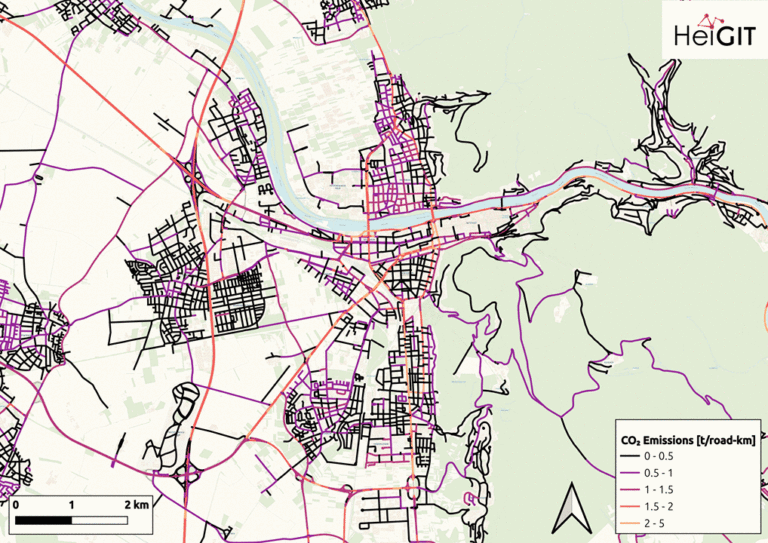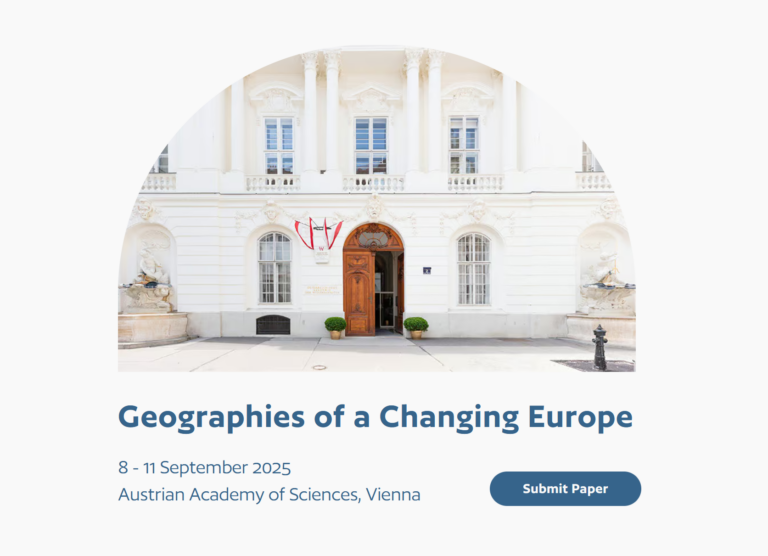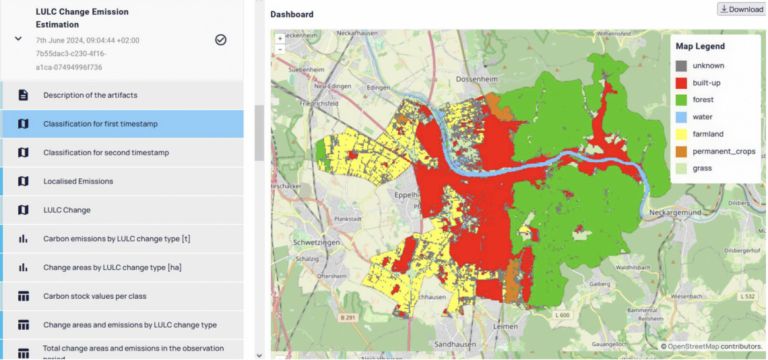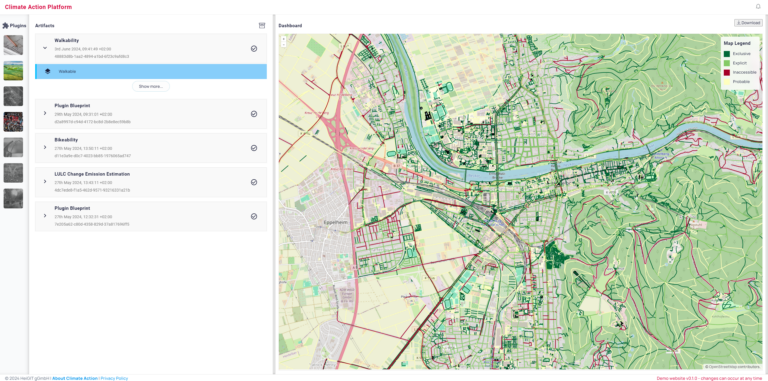HeiGIT and PLANUM are happy to announce their cooperation in the field of climate action. PLANUM is committed to driving positive change through innovative engineering solutions. The company specializes in sustainable planning, making them a crucial partner in our pursuit of creating impactful and practical solutions to combat climate change.
At HeiGIT, the newly established Climate Action group works alongside existing teams dedicated to Smart Mobility, Geoinformation for Humanitarian Aid, and Big Spatial Data Analysis. Our primary objective is to advance research and translate previous climate action efforts into a solution-oriented platform. It aims to empower stakeholders by providing high-resolution climate protection indicators, such as air quality, bicycle infrastructure, and surface sealing, among others. These indicators are developed in close collaboration with partners, ensuring they meet the specific needs of stakeholders at regional and local levels.
The Workflow
Our partnership process begins with an introductory meeting, where the Climate Action team presents our work and its impact. If the potential partner is interested, we proceed to an initial indicator incubation meeting. During this meeting, we explore various potential indicators, ultimately selecting one for further development. We then define the objectives and key results: What are we trying to achieve? How will we measure success? We also outline the next steps, assign responsibilities, identify potential risks, and acknowledge unknowns that need to be addressed. This workshop, which lasts approximately 1.5 hours, is followed by a second session where we refine the chosen indicator, determining which factors are essential, which are secondary, and which are desirable but not critical. User stories are also defined at this stage. This marks the beginning of the coding and programming phase, supported by an extensive literature review. The project then moves into a steady co-evolutionary phase, characterized by continuous collaboration with partners to monitor and refine the indicator’s development.
The Walkability Indicator
During the initial two workshops, we selected the walkability indicator as the focus of our collaborative efforts. Walkable cities are essential for creating healthier, more sustainable urban environments. They promote physical activity, reducing the prevalence of lifestyle-related diseases and improving overall public health. By prioritizing pedestrian infrastructure, cities can decrease traffic congestion, lower greenhouse gas emissions, and improve air quality. Walkable urban areas also foster social interaction and community engagement, enhancing the quality of life and making neighborhoods safer and more vibrant. Additionally, walkability supports local businesses and can boost the local economy, contributing to a more resilient and livable city.
The co-development of the walkability index by the climate action team and experts from PLANUM aims to align the indicator results with pedestrians’ perceived walkability and identify hotspots for action within a city. A key question addressed by the index is: Where are the leverage points to considerably increase the walkability of a given city? Our test cases are the cities of Heidelberg (Germany) and Villach (Austria). The index development is based on a vast literature review and intensive exchange with scientific partner organizations. We are actively seeking further partnerships to enhance our platform with other indicators and make greater contributions to climate solutions.
If you are interested in co-developing future indicators together with the climate action team, get in touch with Kirsten von Elverfeldt at kirsten.vonelverfeldt@heigit.org. To keep up with future developments and releases related to this project as well as other efforts to advance geospatial technology in the mobility, humanitarian aid, and data analytics space, follow the social media channels and stay up to date on our blog.






